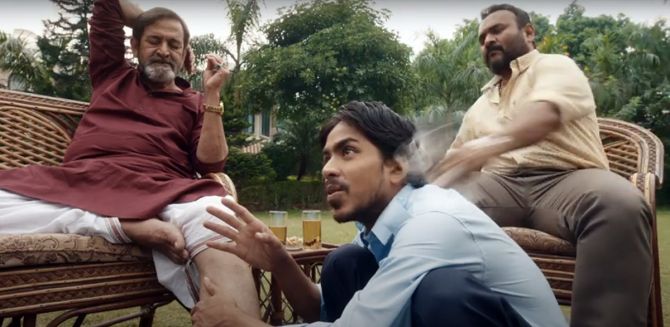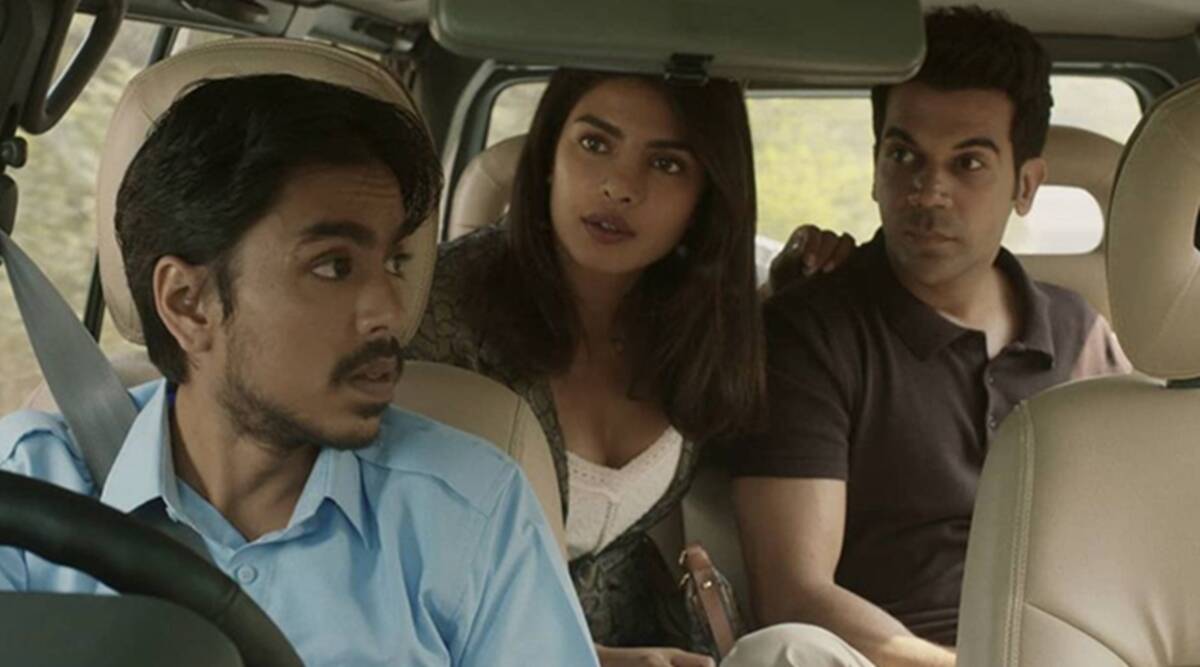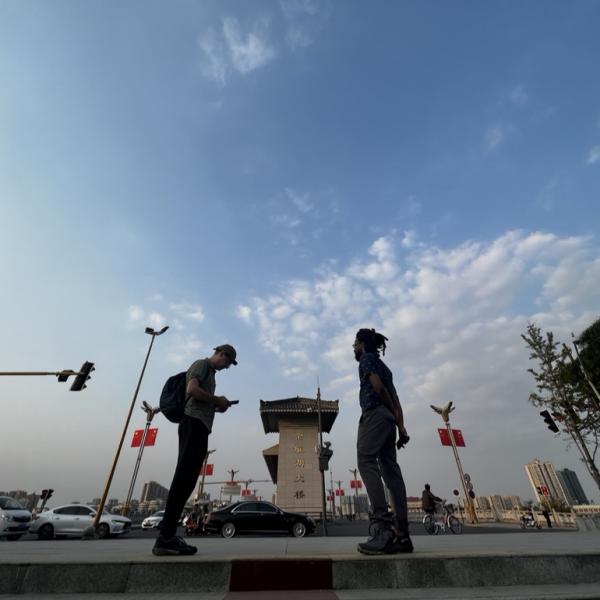Shefali Chandra is associate professor in the Department of History and an affiliated faculty member in the Department of Women, Gender & Sexuality Studies and Asian American Studies.
In the old days there were over 1000 castes in India, so we learn from the narrator of Ramin Bahrani’s 2021 film The White Tiger. But today, there are only two: men with big bellies and men with small ones; those born to be masters and those to be servants; those who eat and those who are eaten. Worded by Balram Halwai, the abused, perceptive and vitally entrepreneurial servant for a rich landlord’s family, the film interweaves the young man’s story with his scathing critique of the entitlement and cruelty of India’s global elite. Balram overcomes the hurdles of being poor and uneducated, of his family’s needs, of the landlessness levied upon India’s villages by national and corporate greed, of his landlords’ insatiable demands, of decoding the metropole by way of the planet of slums. Ultimately, however, it is when Balram overcomes the mentality of the perpetual servant that he becomes the author of his own story.

Once he was a rooster, who like millions of Indians succumbed to the power of his coop. Yet by learning and watching, almost devotionally studying, and then overthrowing his upper-caste master, Balram learns “what it means not to be a servant.” Very importantly, this happens by igniting his Hindu landlord’s anti-Muslim racism. And so he becomes the White Tiger that was always his destiny. Intent on sharing his insights, he writes to the Chinese Premier Wen Jiabao: White people are about to lose their place in the world order, he predicts. Instead, the new century will be the time of the brown man and the yellow man.

Brahmanical reasoning and greed is the coop, suggests the film. Intriguingly it is Pinky, the “lower” caste, and Indo-American wife of Balram’s master Ashok, who enlightens him thus: The door was open all along, yet the rooster searches for the key. To leave the coop entails a violent, visceral, personal journey. The path becomes evident, and then possible. Caste can be overcome, by an individual’s initiative, over one person’s lifetime — “eat your chicken” orders Balram’s grandmother. Once a bodega owner’s daughter in Brooklyn, Pinky can now lecture Balram on changing up his self-perception. In one swift moment she can decide to leave her (casteist) mistakes behind in India and return to the U.S.; for her it’s as easy as announcing that she’s “done.” Embodying the allure and wisdom of American-centered globalization, it is Pinky who propels Balram’s transformation.
Both the “low” caste characters are fictive. The film is based on a novel written by a metropolitan, Indo-Australian male writer, Arvind Adiga, and the film’s director is an Iranian American (Bahrani). Together, they seduce us with the promise that globalization will secure the gritty individual’s success — the story closes with Balram running a profitable taxi service for the global city’s call centers. Creativity, consciousness and class success will replace caste history. This while the caste divide has actually grown wider and bloodier with each passing day, and while a democratically elected Hindu government openly sanctions lynching, pogroms and rape to draw more and greater groups into the murderous logic of caste.
The film satiates a neoliberal hunger for the tale of rags to riches, tradition to modernity, custom to freedom. Swiftly it diverts attention away from Hindu neofascism while propounding that caste can be overcome by personal initiative and a little (planned) rage. Within that message, however, we also learn the reverse: Caste will never be displaced and that’s because its beneficiaries are now eating from two plates at once: Indian and transnational.

Balram’s unstated observations powerfully counter the film’s own fantasies of emancipation. Embodied by the landlord’s son Ashok and Pinky, we watch through Balram’s rear view mirror as the bicultural global elite eat the flesh of “their” lower-caste villagers — taxing, killing, blackmailing, bribing and exploiting the boundless creativity and generosity — at will. Within seconds they can activate a structure that converts blood into diamonds, cash and Pajeros, yet they cajole Balram to choose and design his own future. Fueled by India, they roar at the world.
Balram studies them, and a thick description reflects back: of the ruthless and ceaseless appetite of the Indian global elite; how they speak of the deprivations of “the real India” to magnify their own power on a transnational scale; of those who have inherited the colonial territory as their personal patrimony; how they recycle the claim to represent India into land grabs and the evasion of taxation; how they identify as Indian to terrorize and diminish every “other” Indian; how they monetize and bribe their way through each capillary of the “democratic” machine; how easily they kill and steal and secure and spread their inheritances from New Delhi to New York; how they parody caste as spiritual and biological and chosen so as to prevent its annihilation. How they encash caste for global access.
And Balram? Once a driver, always a driver. His father rode cycle rickshaws to his death; Balram now runs a taxi service. Caste endures.
The structure has not been overthrown. It has received a paint job while from within. It has been steeled and fortified anew. As the century of the brown man and the yellow man opens before us, Global India catapults a new caste formation into being. Bicultural, bilingual, transnational, diasporic and so very concerned about “India” — this is the story of a new caste, a supercaste. And Balram? Once a driver, always a driver. His father rode cycle rickshaws to his death; Balram now runs a taxi service. Caste endures, literally whitewashed by the paint job. As he realizes his potential as the white (not yellow and not brown) tiger, Balram elects to walk away from the future and from his eager viewer. Having fortified the structure, he leaves the scene. Another generation of workers looks toward us for our assessment.





